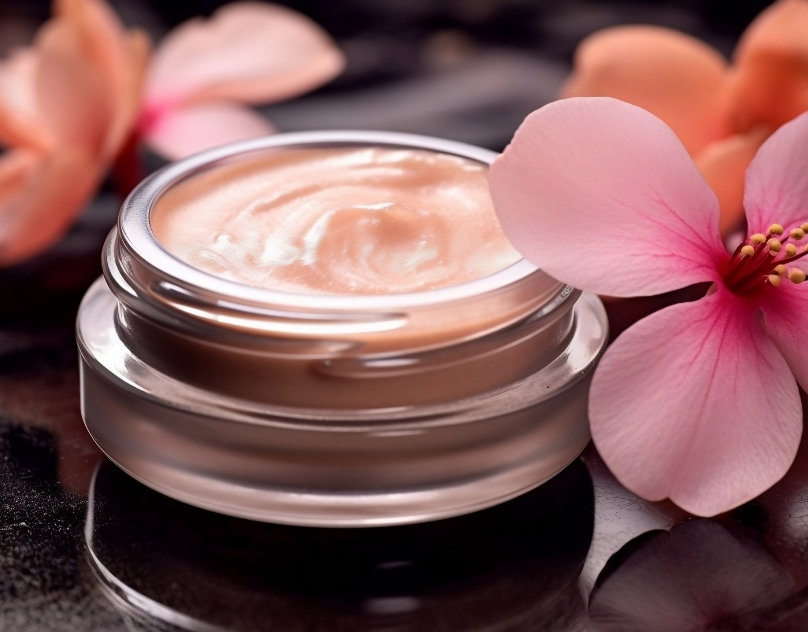Many people invest in quality skincare but still wonder why their results are inconsistent. Timing plays a huge role in how well products work, and moisturisers are no exception. Even the best moisturiser won’t deliver its full benefits if it’s applied at the wrong stage of your skincare routine or at the wrong time of day.
The Purpose of Moisturiser
Moisturisers serve two main functions: they hydrate the skin and they prevent water loss. They work by locking in moisture and supporting the skin barrier, which keeps your complexion smooth, supple, and protected. Applying them correctly ensures maximum effectiveness and reduces the risk of dryness, irritation, or breakouts.
Morning vs. Night Application
Morning Routine
Applying moisturiser in the morning preps your skin for the day ahead. A lightweight, fast-absorbing formula is usually best, especially if you’ll be applying sunscreen or makeup afterward. Many daytime moisturisers are designed to layer well under other products without feeling greasy.
Night Routine
At night, the skin goes into repair mode. Using a richer cream before bed helps restore hydration and repair daily damage from pollution, UV rays, and other stressors. Night moisturisers often include nourishing ingredients like peptides, ceramides, or retinol.
Layering in the Right Order
A common mistake is applying moisturiser at the wrong stage of your skincare routine. The general rule is:
-
Cleanser – Removes dirt and oil.
-
Toner or Mist – Prepares skin and balances pH.
-
Serum – Delivers targeted ingredients such as vitamin C or hyaluronic acid.
-
Moisturiser – Locks in hydration and protects the skin barrier.
-
Sunscreen (AM only) – Provides protection from UV damage.
By applying moisturiser after serums, you help seal in the active ingredients and maximise their effectiveness.
Applying to Damp Skin
One of the most effective tips is to apply moisturiser while your skin is slightly damp, not bone dry. This helps the product trap water molecules on the surface, enhancing hydration. Simply pat your face with a towel after cleansing, leaving a little moisture behind, then apply your product.
How Much to Use
Too little moisturiser won’t be effective, but too much can leave your skin greasy or cause breakouts. A pea-sized amount is usually enough for the face, with a bit more for the neck. Adjust depending on the product’s consistency and your skin’s needs.
Seasonal Adjustments
Your moisturising routine may also change with the seasons. In winter, heavier creams help combat dryness caused by cold air and heating systems. In summer, lightweight gels or lotions may be more suitable to avoid clogged pores.
Special Cases
-
Acne-Prone Skin – Use oil-free, non-comedogenic formulas.
-
Ageing Skin – Choose moisturisers with peptides and antioxidants.
-
Sensitive Skin – Stick to fragrance-free, gentle formulations.
Final Thoughts
Timing and technique are just as important as the formula itself. The best moisturiser will work most effectively when applied at the right step in your skincare routine, both morning and night, and when tailored to your skin type and seasonal changes. Consistency is key to achieving lasting hydration and protection.







